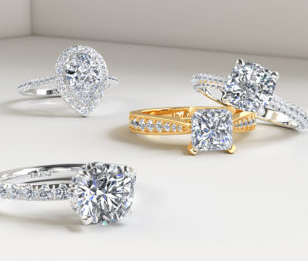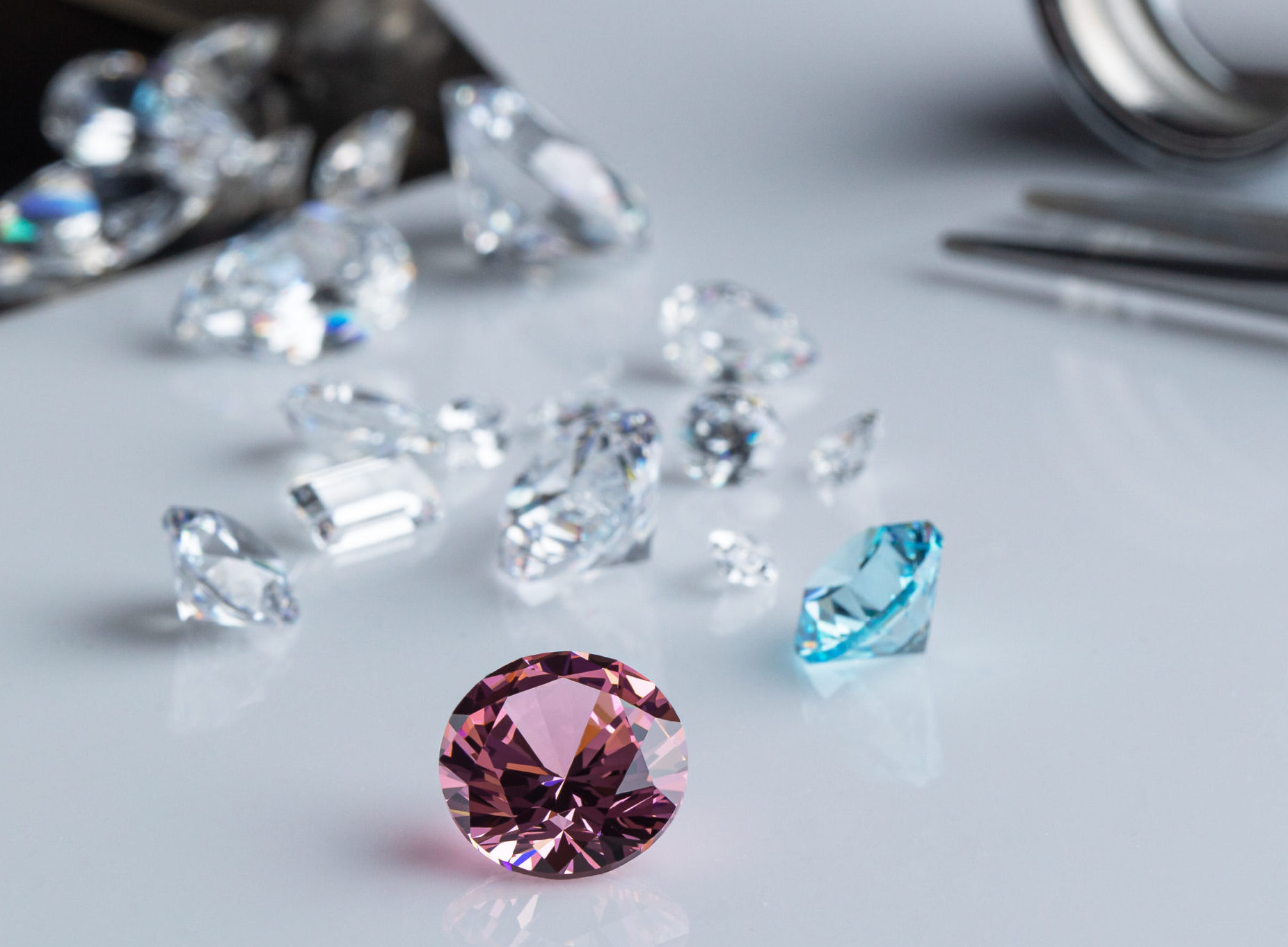Lab-grown diamonds have become a popular alternative to traditional mined diamonds. These diamonds, also known as lab-made diamonds, are created in controlled laboratory environments that replicate the natural process of diamond formation. With their growing popularity, consumers are increasingly considering lab grown diamond rings platinum vs gold in various settings, especially platinum and gold. Each metal has its own unique qualities, and understanding how they compare is crucial when choosing a lab-grown diamond ring.
What Are Lab Grown Diamonds?
Lab-grown diamonds are virtually identical to natural diamonds, both in their chemical composition and physical appearance. The only difference is their origin: lab-grown diamonds are created using advanced technological methods that simulate the natural conditions under which diamonds form deep within the Earth. These diamonds are also known as lab-made diamonds and are often more affordable than their mined counterparts due to the more controlled production process. The use of lab-grown diamonds in engagement rings and other fine jewelry is rapidly growing, with consumers seeking ethical and environmentally friendly options.
Platinum: The Premium Choice for Lab Grown Diamond Rings
When it comes to setting a lab-grown diamond, platinum is often considered the premium choice. Known for its rarity, platinum is one of the most durable metals available for jewelry. The dense and heavy nature of platinum complements the brilliance of lab-grown diamonds, making it an excellent choice for engagement rings and other fine jewelry pieces. A platinum band offers an elegant backdrop that highlights the lab-made diamond’s clarity, cut, and color.
One of the main advantages of platinum when setting lab made diamonds is its durability. Platinum is resistant to tarnish, corrosion, and scratching, ensuring that the ring maintains its shine and strength for many years. Since lab-grown diamonds are chemically identical to natural diamonds, their brilliance is unmatched, and the combination of platinum’s durability and the diamond’s fire creates a timeless and stunning piece of jewelry.
Additionally, platinum is hypoallergenic, making it ideal for those with sensitive skin. This metal is naturally white, so it does not require rhodium plating, which is often necessary for white gold rings. The rich and lustrous sheen of platinum creates a sophisticated look that complements the brilliance of lab-made diamonds perfectly.
Gold: The Timeless Choice for Lab Grown Diamond Rings
Gold, in its various forms—yellow, white, and rose—is another popular choice for setting lab-grown diamonds. Gold has been used in jewelry for centuries and remains a classic choice for many consumers. While platinum may be known for its strength and rarity, gold offers its own set of advantages when paired with lab-grown diamonds.
One of the primary reasons many choose gold is its versatility. Gold comes in different hues, such as yellow, white, and rose, allowing consumers to choose a style that best matches their personal preference. Yellow gold, for instance, offers a rich, warm tone that enhances the color of lab-grown diamonds, especially those with a yellow or champagne hue. White gold offers a more contemporary look and complements diamonds with a cooler tone, while rose gold provides a romantic and vintage appeal.
Gold is also a more affordable option compared to platinum. While it is still a durable and long-lasting metal, it is less dense and heavy than platinum, which can result in a more budget-friendly price tag for those looking to set their lab-grown diamond in a beautiful, high-quality setting.
The Durability Debate: Platinum vs Gold for Lab Grown Diamond Rings
One of the primary considerations when choosing between platinum and gold for a lab-grown diamond ring is the durability of the metal. Platinum is widely recognized for its exceptional strength and long-lasting qualities. It is highly resistant to wear and tear, making it ideal for daily wear, especially for engagement rings.
Gold, while still a durable metal, is softer than platinum and may be more susceptible to scratches and dents over time, especially in 14k or 18k gold varieties. However, gold’s ability to retain its shape and integrity for many years still makes it a great choice for those who prefer its aesthetic appeal.
When deciding between platinum and gold for a lab-grown diamond ring, it#8217;s essential to consider the lifestyle of the wearer. If durability and resistance to wear are top priorities, platinum may be the better option. On the other hand, if you desire a more classic, traditional look or a more affordable metal, gold can be a beautiful and enduring choice for setting a lab-made diamond.
Price Considerations: Platinum vs Gold for Lab Grown Diamond Rings
The price of a lab-grown diamond ring is influenced by both the diamond and the metal used in the setting. Platinum tends to be more expensive than gold due to its rarity and density. While the price of lab-grown diamonds is generally lower than mined diamonds, the choice of metal can significantly impact the overall cost of the ring.
Gold, especially in 14k or 18k form, is a more affordable option for those looking to save on the cost of their lab-grown diamond ring. Since gold is more abundant and less dense than platinum, it can be a more budget-friendly choice without sacrificing style or quality. For those who are conscious of their budget, gold can still provide a stunning and long-lasting setting for a lab-grown diamond.
Final Thoughts on Platinum vs Gold for Lab Grown Diamond Rings
Ultimately, the decision between platinum and gold for a lab-grown diamond ring comes down to personal preference, budget, and lifestyle. Platinum offers superior durability, strength, and a timeless, elegant look, making it a premium choice for those who want a ring that will stand the test of time. Gold, on the other hand, provides a versatile, classic option with the added benefit of affordability.
Whether you choose platinum or gold for your lab-grown diamond ring, both metals offer excellent options for creating a beautiful and lasting piece of jewelry. By considering the unique qualities of each metal, you can find the perfect setting to complement your lab-made diamond and create a ring that will shine for years to come.




